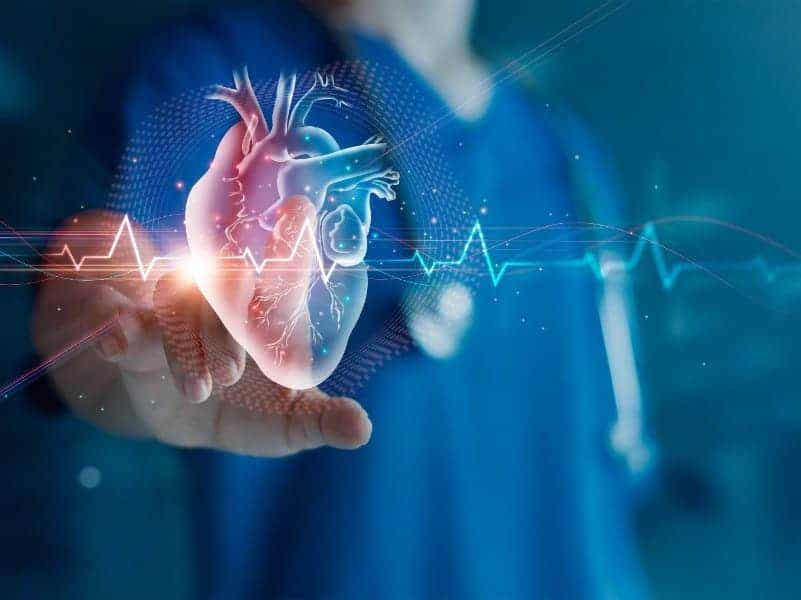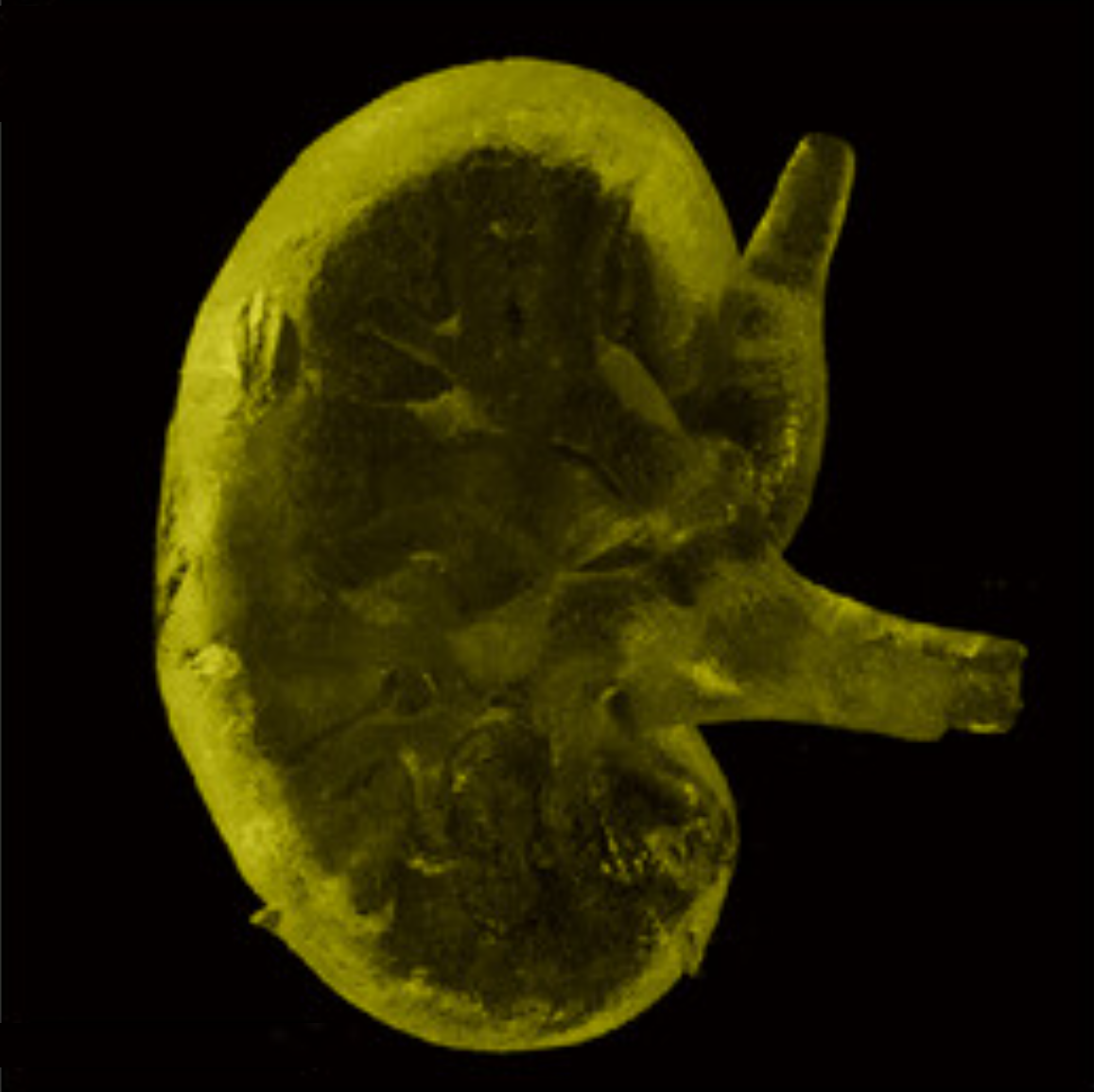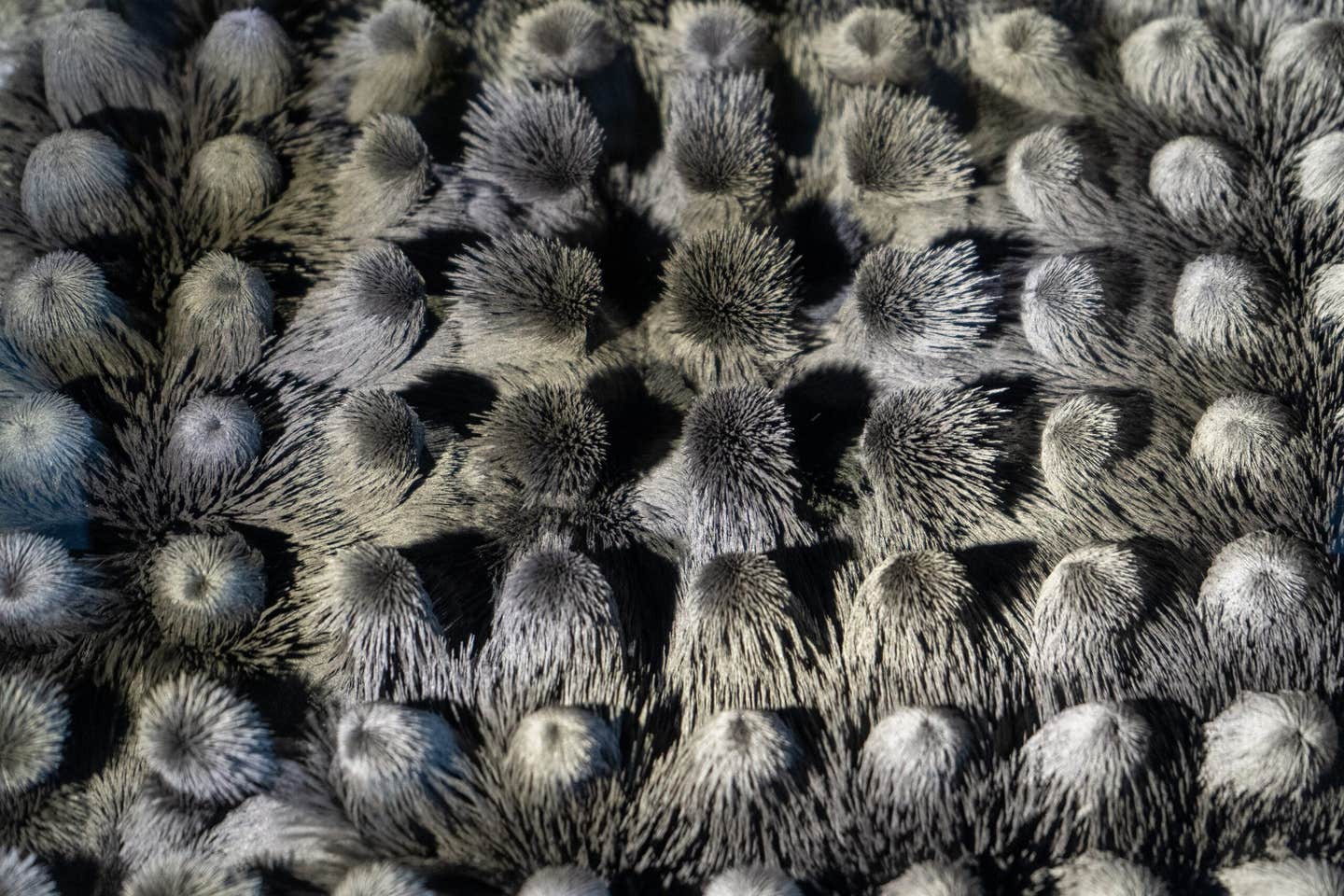Breakthrough AI technology predicts heart failure before symptoms start
Researchers train AI to find hidden heart risks in CT scans, aiming to spot heart failure before it strikes and improve patient outcomes.

New AI model reads CT scans to predict heart failure early and improve treatment with non-invasive imaging. (CREDIT: Adobe Images)
Every year, heart disease claims more than 17 million lives around the world. It remains the top cause of death, and for many, it strikes with little warning. Doctors and scientists continue searching for better ways to spot early signs of trouble. Now, a group of researchers is building a new tool that could make those warnings clearer—and sooner—than ever before.
At the center of this push is artificial intelligence (AI). Scientists at Case Western Reserve University are using AI to dig deep into heart scans, finding patterns that human eyes might miss. Their work could soon help doctors predict not just if, but when a person might face heart failure or other serious heart problems.
A smarter way to scan the heart
The researchers plan to teach AI how to read and learn from a type of imaging called calcium-scoring computed tomography, or CT. This scan checks for calcified plaque in the coronary arteries. Plaque can harden and block blood flow, increasing the risk of heart attack or failure. These scans already help doctors find early signs of disease, but they may offer more than just a view of calcium levels.
“These images hold a wealth of information that goes beyond what we currently use,” said Shuo Li, the lead scientist of the project and a professor at Case Western Reserve. “The AI model we’re building can look at heart shape, the aorta, lungs, liver, muscles—even bone density—and find meaningful links to disease risk.”
Instead of focusing on one piece of the scan, the AI will analyze the whole image, connecting it to things like age, gender, and body composition. That combination of factors can give a much clearer picture of who is most likely to face heart issues in the near future.
Making prevention personal
Predicting risk is only part of the goal. This AI model aims to provide doctors with detailed and personalized health insights. By identifying warning signs earlier, doctors can act faster and possibly prevent life-threatening events.
“Accurate risk prediction allows us to tailor preventative treatments, reducing the burden of cardiovascular diseases and improving patient outcomes,” said Dr. Sadeer Al-Kindi, a cardiologist and co-leader of the study from Houston Methodist. “By identifying risk of heart failure and other events early, this project can potentially redefine care protocols, save lives and lower healthcare costs.”
Related Stories
AI's ability to quickly process and analyze large amounts of imaging data gives it an advantage over traditional methods. It doesn’t replace doctors but gives them a sharper tool to help their patients.
Big data, low cost
One of the strongest advantages of this project is that it uses a type of scan already performed on many patients. A calcium-scoring CT is both affordable and non-invasive. It doesn’t require dye or surgery. It gives a snapshot of the heart and nearby organs with minimal risk.
Normally, doctors focus only on the amount of calcium in the arteries. But that’s just one part of the picture. The research team wants to add many more layers to that picture using AI.
The new system will pull in data from thousands of past CT scans at Houston Methodist and University Hospitals. The AI will learn from these examples, connecting scan features with real patient outcomes. Over time, the model will get better at seeing patterns that might otherwise go unnoticed.
“Our goal is to develop a non-invasive, accurate and personalized method for predicting cardiovascular disease risk,” said Li. “This innovation will seamlessly integrate into existing clinical workflows, enhancing decision-making while minimizing the need for invasive diagnostic procedures.”
Turning images into insight
What makes this approach different is how the AI model interprets data. It won’t just count calcium or look at blocked arteries. It will measure heart shape, the density of bones, the volume of visceral fat, and how the lungs appear. All of this connects to heart health in ways that researchers are still exploring.
“A clearer understanding of how these novel imaging-based risk factors combine will advance the knowledge of cardiometabolic disease phenotypes and support doctors in making appropriate and timely therapeutic recommendations,” said Dr. Sanjay Rajagopalan, director of the Cardiovascular Research Institute at Case Western Reserve University and chief of cardiovascular medicine at University Hospitals.
This deeper view of the body and its health can offer insights into more than just heart failure. It might even help predict other chronic diseases linked to obesity, diabetes, or aging.
The National Institutes of Health has recognized the importance of this project. It awarded two grants totaling $4 million to support the development of the AI model. With this funding, the research team can continue their work across multiple health systems, gathering a wide range of data from real patients.
A team built on collaboration
The project brings together experts from different fields, including medicine, engineering, radiology, and statistics. David Wilson, a professor of biomedical engineering and radiology, contributes technical knowledge of imaging systems. Pingfu Fu, a biostatistics professor, helps analyze and validate data models.
This cross-discipline teamwork means the AI model won’t just be high-tech—it will also be backed by sound science and rigorous testing.
“This project represents a significant leap forward in personalized healthcare,” said Li. “It has the potential to set new standards for cardiovascular disease prevention and management, as well as advance the forefront of using AI to analyze images for transformational healthcare.”
As this research moves forward, it may help turn regular CT scans into powerful tools for saving lives. By making the most of data already collected in hospitals every day, this AI project shows how advanced technology and medicine can work together for better health care.
Note: The article above provided above by The Brighter Side of News.
Like these kind of feel good stories? Get The Brighter Side of News' newsletter.



